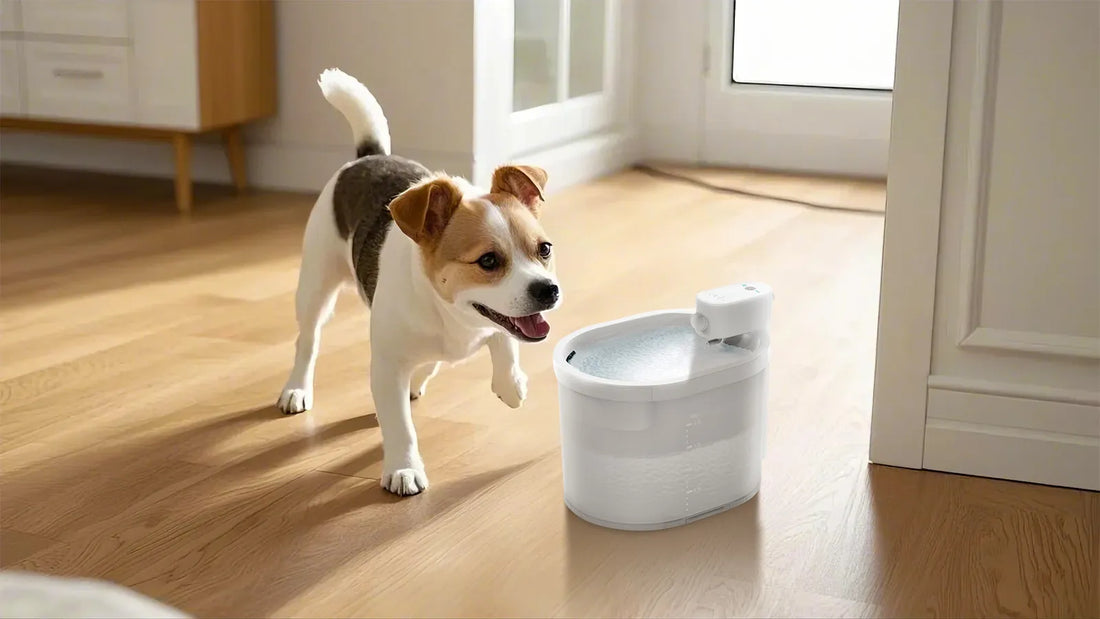When it comes to the health and well-being of your feline companion, understanding their basic needs is essential. One of the most pressing questions cat owners often ask is, how long can a cat go without eating or drinking? The answer is not straightforward, as it depends on various factors such as age, health, and environmental conditions. This article delves into the science behind a cat's survival without food and water, the risks involved, and what you can do to ensure your cat stays healthy.
The Importance of Hydration for Cats
Water is a vital component of a cat's survival. Unlike humans, cats have a low thirst drive, which means they may not drink water as frequently as they should. This can lead to dehydration, a serious condition that can have severe consequences. Dehydration in cats can occur within 24 to 48 hours of not drinking water, depending on the cat's health and environmental factors. Symptoms of dehydration include lethargy, dry gums, and loss of skin elasticity. If you suspect your cat is dehydrated, it is crucial to seek veterinary care immediately.
How Long Can a Cat Survive Without Water?
While the exact time frame varies, most cats can survive without water for about three to four days. However, this is not a hard and fast rule. Factors such as temperature, humidity, and the cat's overall health play a significant role. For instance, a cat in a hot environment may become dehydrated much faster than one in a cooler setting. Additionally, older cats or those with pre-existing health conditions may have a reduced ability to cope without water.
The Role of Food in a Cat's Survival
Food is another critical factor in a cat's survival. Cats are obligate carnivores, meaning they require a diet rich in animal protein to thrive. Without food, a cat's body will start to break down its own muscle tissue for energy, leading to a condition known as hepatic lipidosis or fatty liver disease. This condition can be life-threatening if not treated promptly. Generally, a cat can survive without food for about one to two weeks, but this is not advisable and can lead to severe health complications.
Signs Your Cat May Be Starving or Dehydrated
Recognizing the signs of starvation and dehydration in your cat is crucial for their well-being. Some common symptoms include:
- Lethargy and weakness
- Loss of appetite
- Dry or sticky gums
- Sunken eyes
- Reduced skin elasticity
If you notice any of these signs, it is essential to consult your veterinarian as soon as possible. Early intervention can make a significant difference in your cat's recovery.
What to Do If Your Cat Stops Eating or Drinking
If your cat stops eating or drinking, it is crucial to act quickly. Here are some steps you can take:
- Monitor their behavior: Keep a close eye on your cat's behavior and note any changes.
- Offer fresh water: Ensure your cat has access to fresh, clean water at all times.
- Try different foods: Sometimes, a change in diet can encourage a cat to eat.
- Consult a veterinarian: If your cat continues to refuse food or water, seek professional advice immediately.
Preventing Dehydration and Starvation in Cats
Prevention is always better than cure. Here are some tips to ensure your cat stays hydrated and well-nourished:
- Provide multiple water sources around your home.
- Consider using a water fountain to encourage drinking.
- Feed your cat a balanced diet rich in animal protein.
- Monitor your cat's eating and drinking habits regularly.
Understanding how long a cat can go without eating or drinking is crucial for any cat owner. While cats are resilient creatures, prolonged periods without food or water can lead to severe health issues. By recognizing the signs of dehydration and starvation and taking proactive measures, you can ensure your feline friend remains healthy and happy. Remember, when in doubt, always consult your veterinarian for professional advice.













